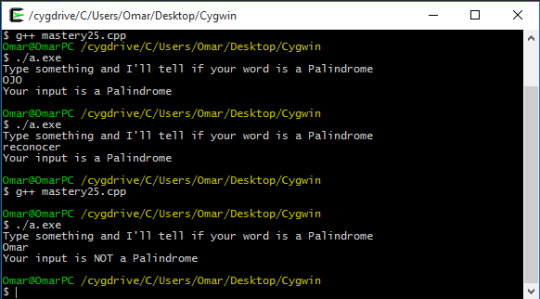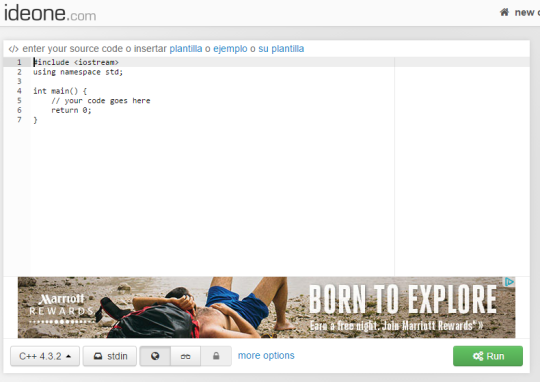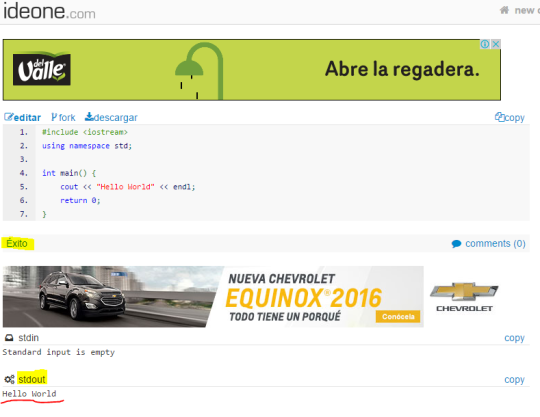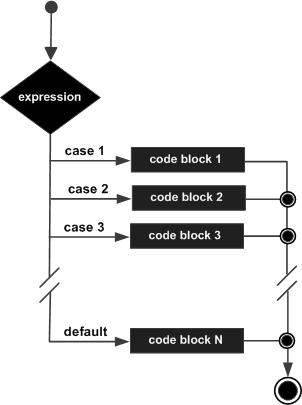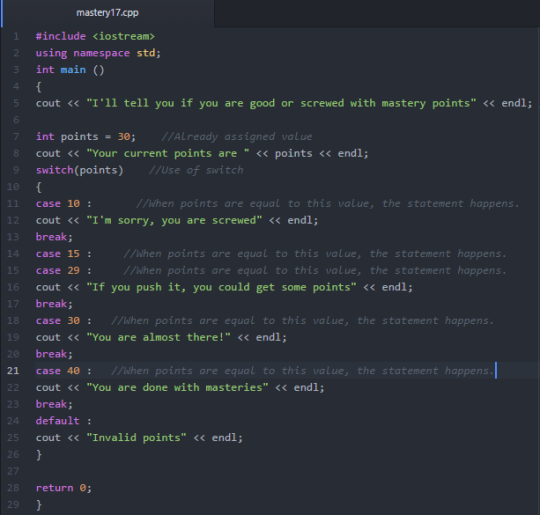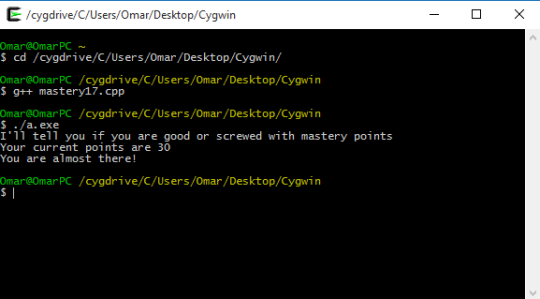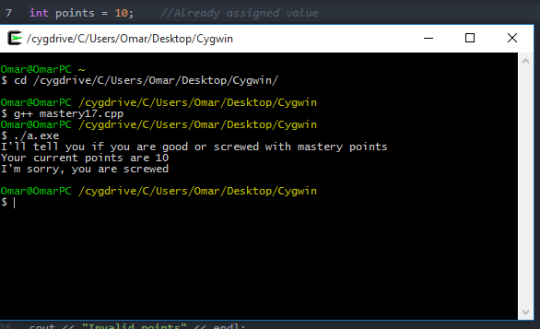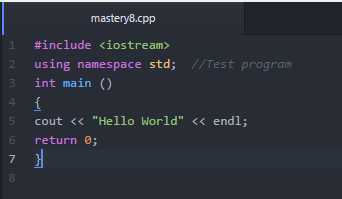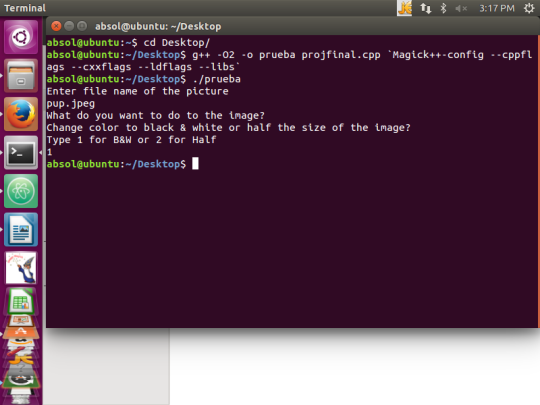We. Are. Done. Finally, our program works like a charm, after several days of research and hardwork, our project is capable of resizing an image and changing the color to black and white.
We kinda did it in two parts, the first one being the black and white, that you can check out here.
For the “second part”, we researched and found out how to resize the source image using math and arrays. These links were reaaaaaally useful:
http://stackoverflow.com/questions/27351737/c-how-to-shrink-an-image-using-a-pointer-array
http://stackoverflow.com/questions/299267/image-scaling-and-rotating-in-c-c
http://doc.gnu-darwin.org/ImageMagick/www/ImageMagickObject.html
http://www.cplusplus.com/forum/general/2615/
We kinda teamed up with Eduardo, we worked together, and mutually helped each other.
We had a lot of errors during the process about syntax but one we dealt with the most was an error called “segmentation fault”. After battling with it, we found out that our program wasn’t the problem, but the source image was. We looked and tried several images until we found one that worked, which was the golden retriever puppy on the English Wikipedia page of puppies. Eduardo told us that this picture didn’t have the same error and we confirmed that it didn’t.
We are really happy about the outcome of the project.
Here are some screenshots:
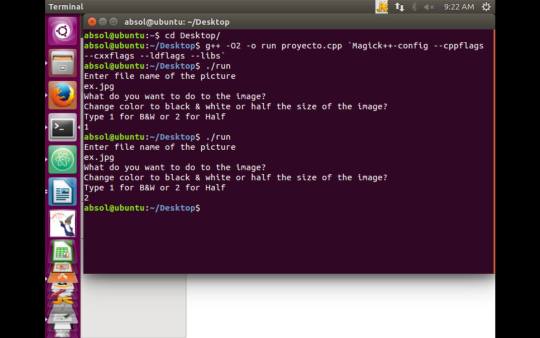
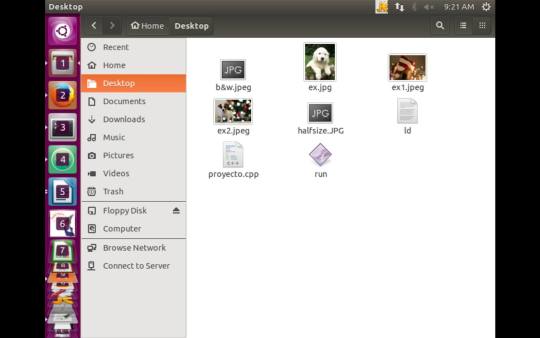
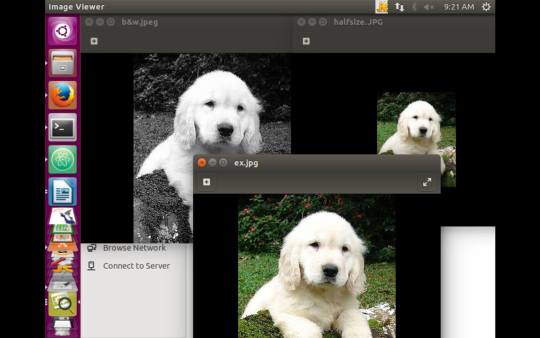
You can check out our final code here:
https://github.com/kenwbauer/TC101F15_Team06/blob/master/FINALPROJECT.cpp

